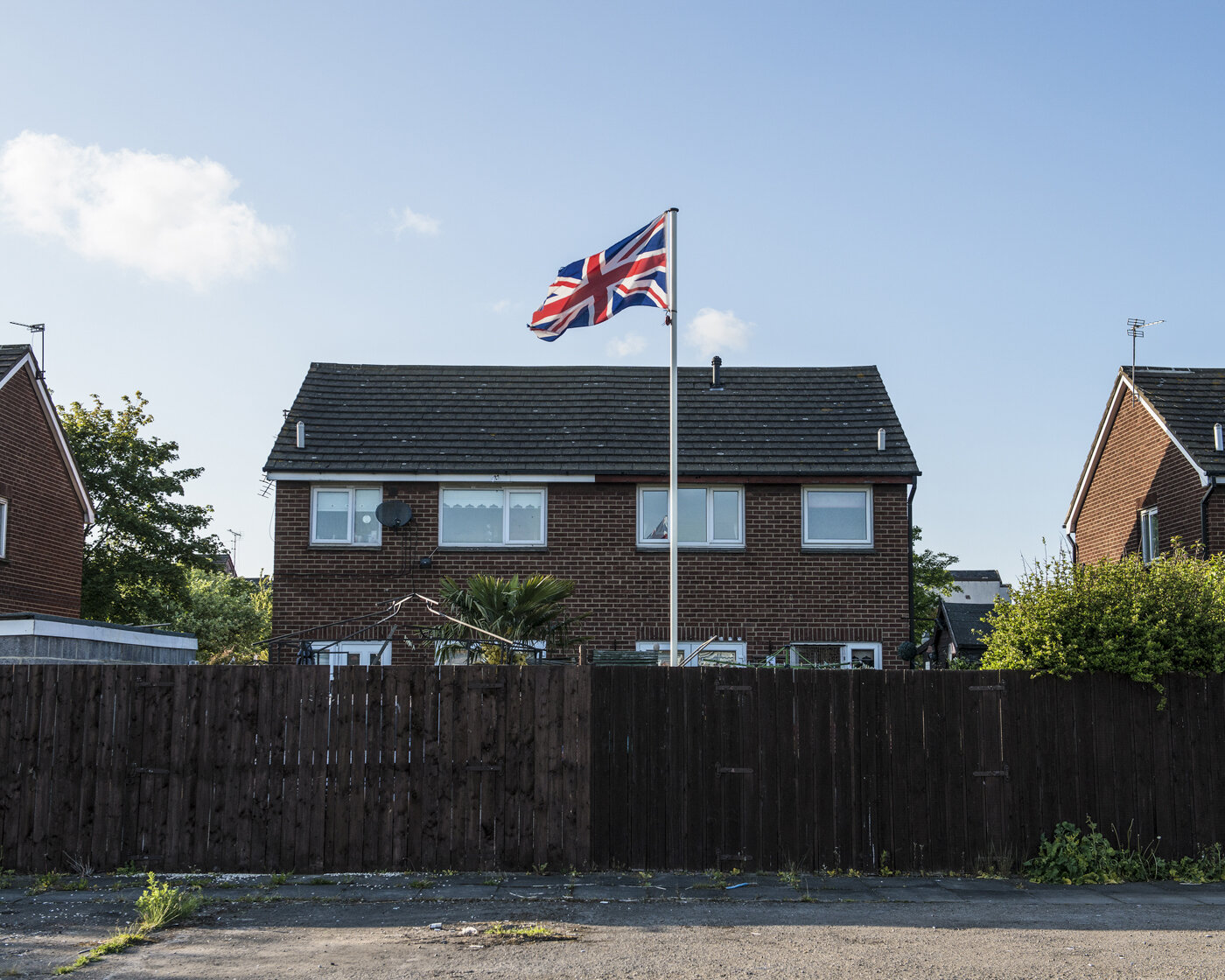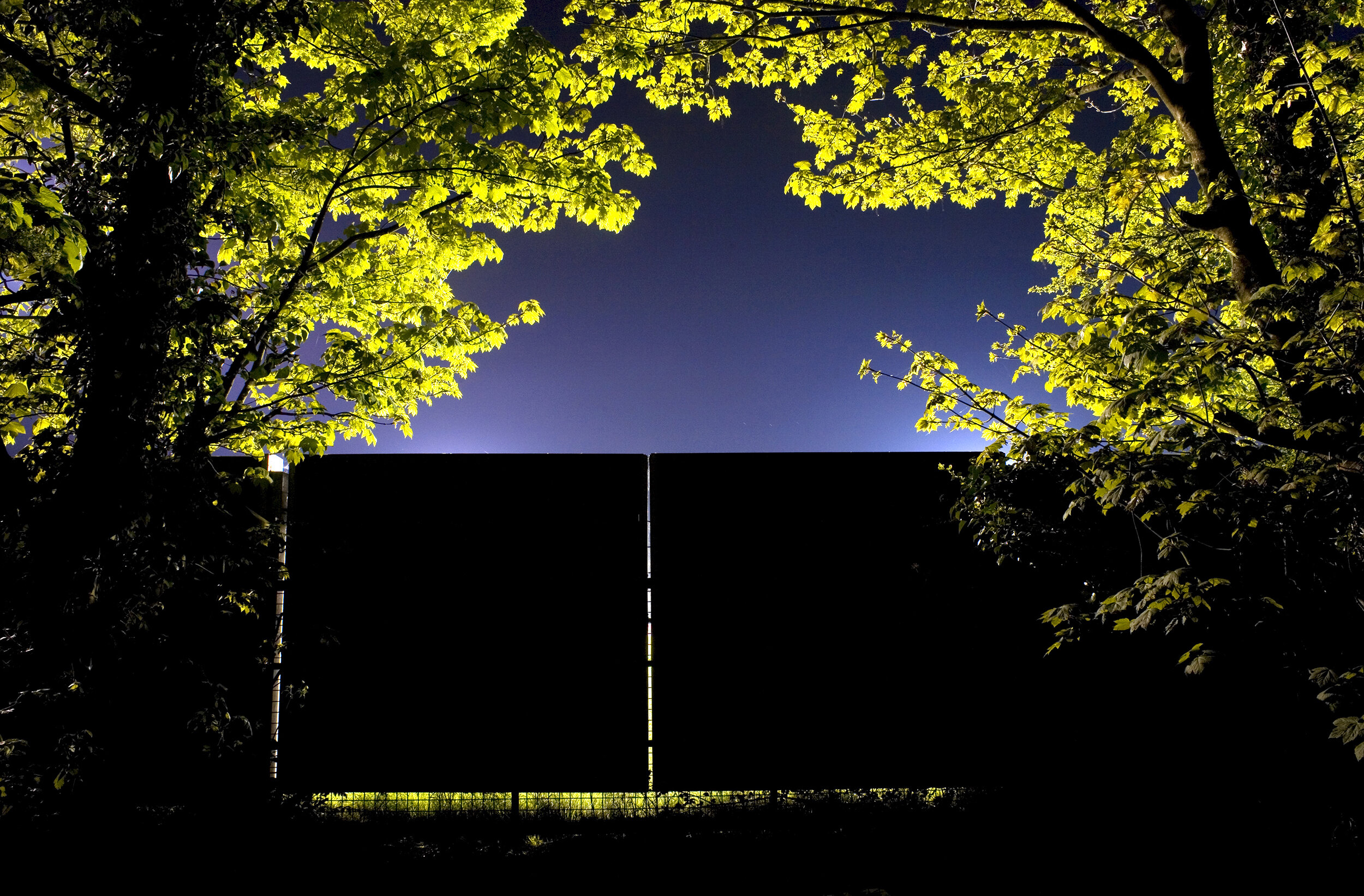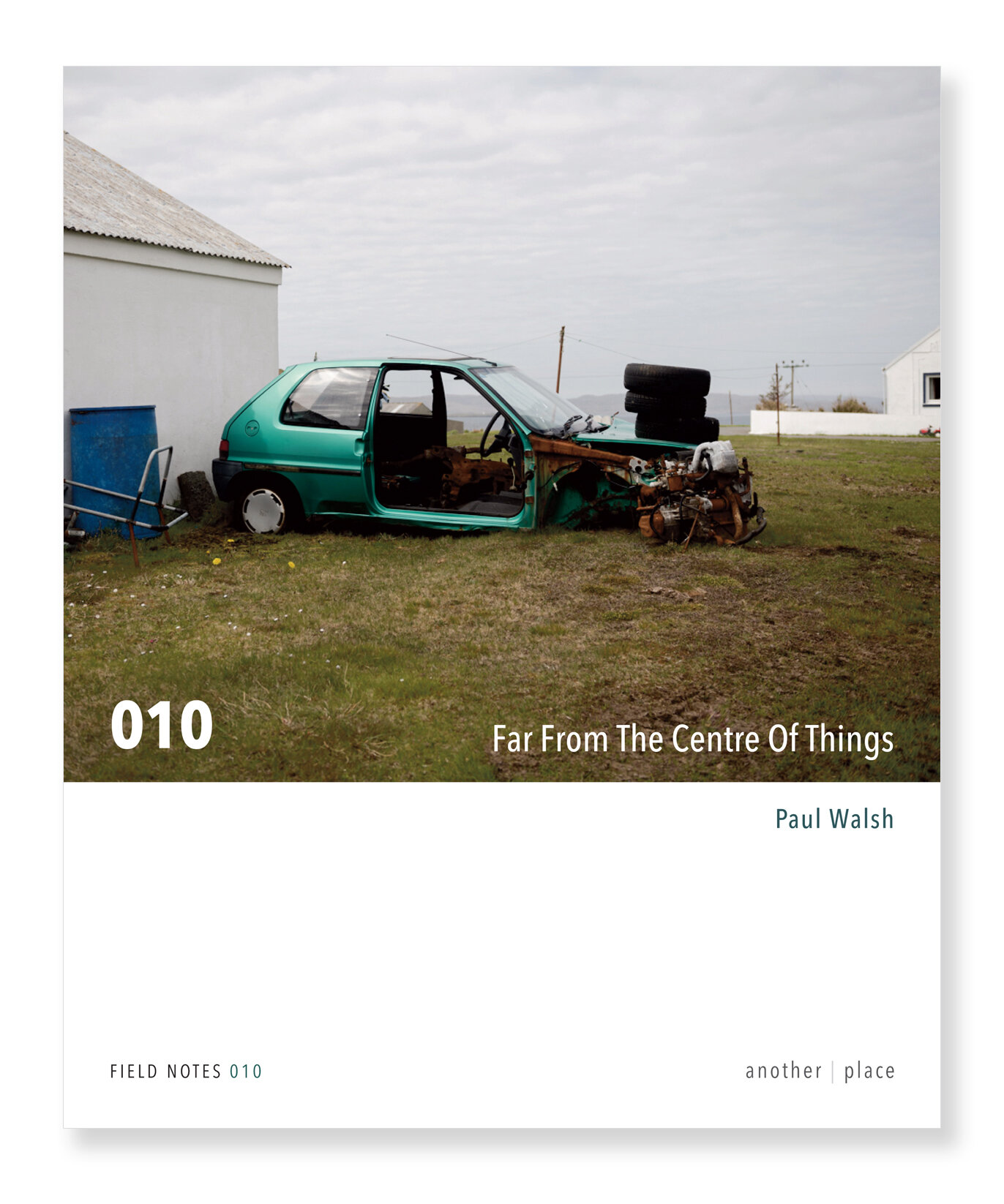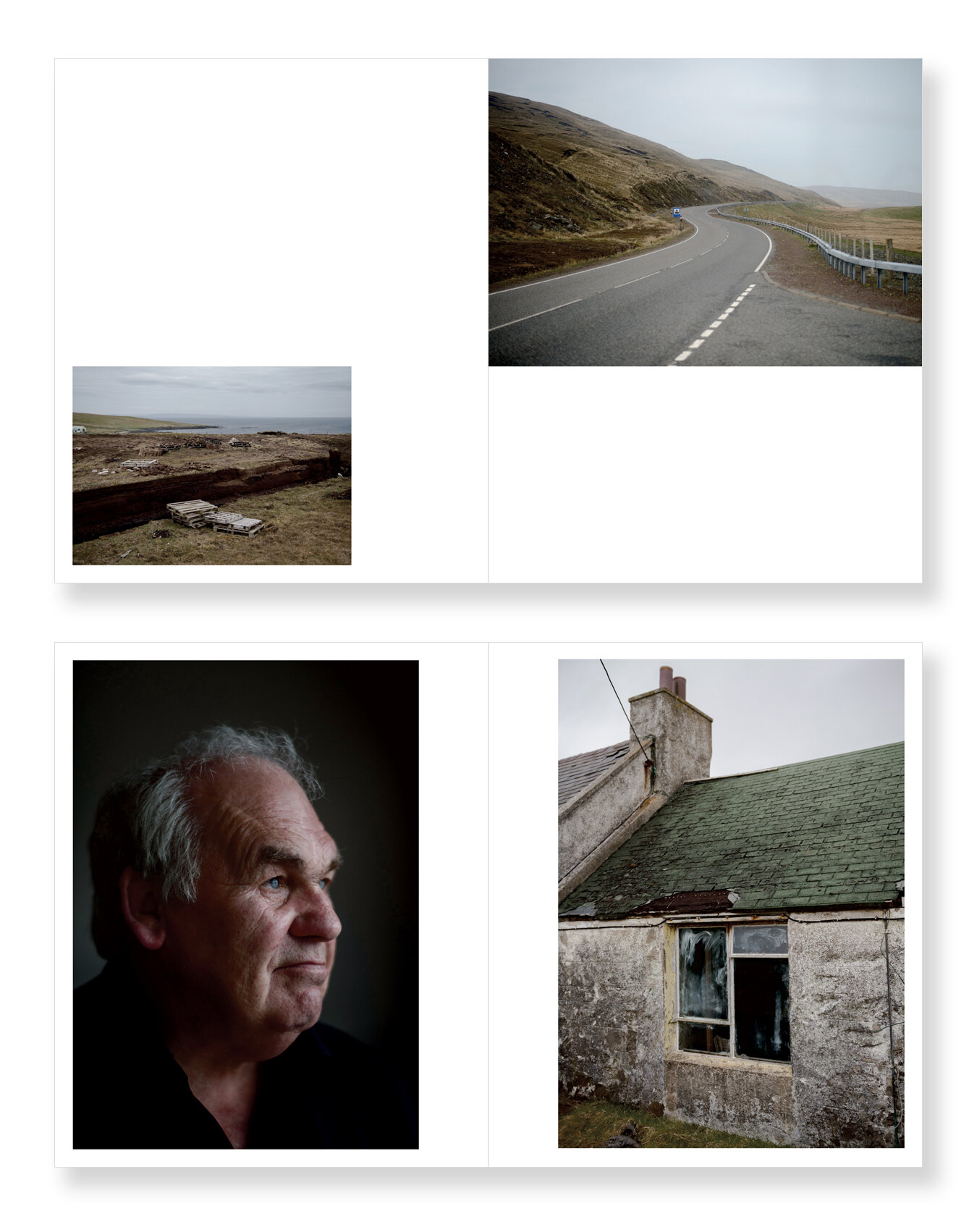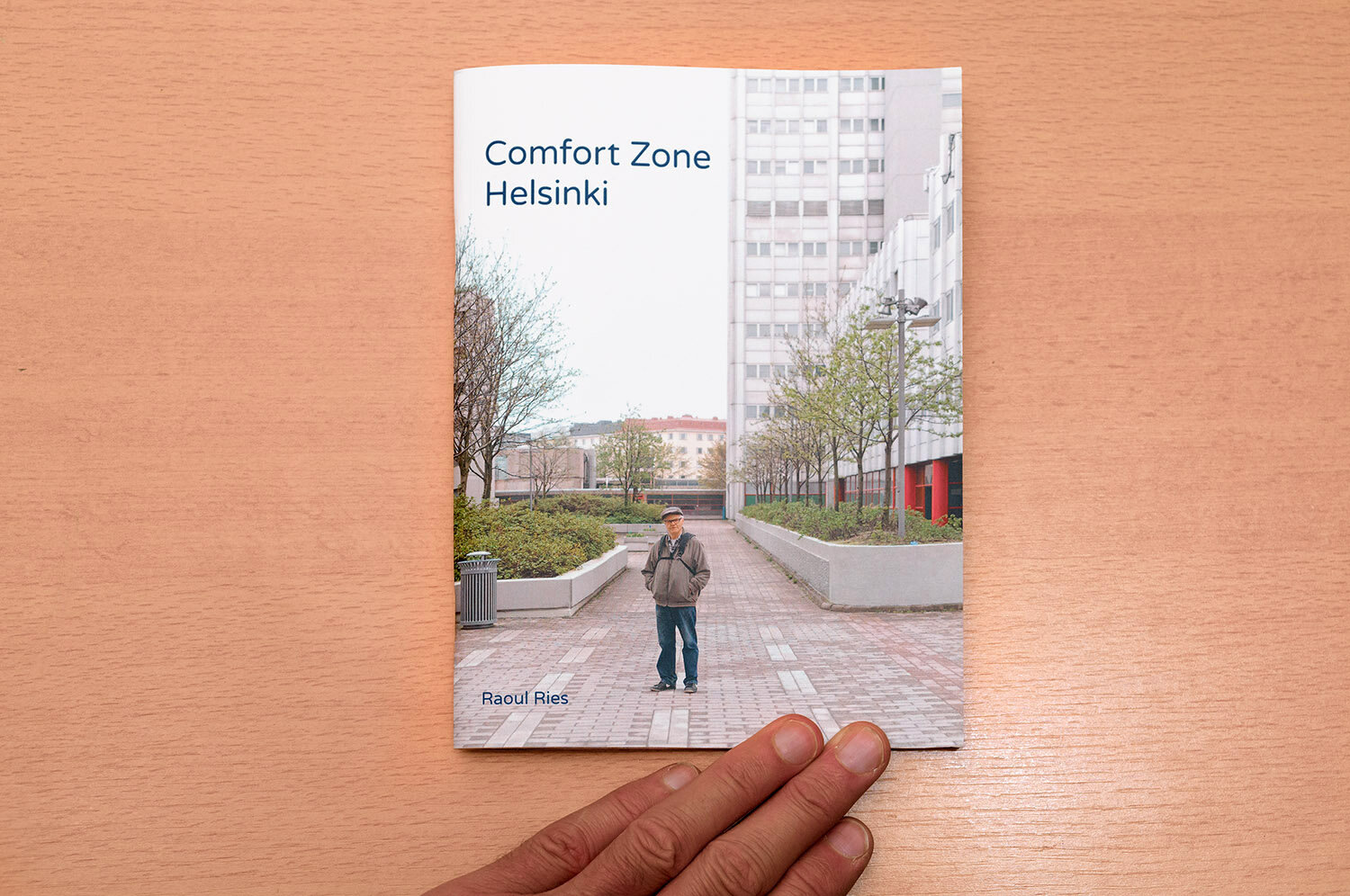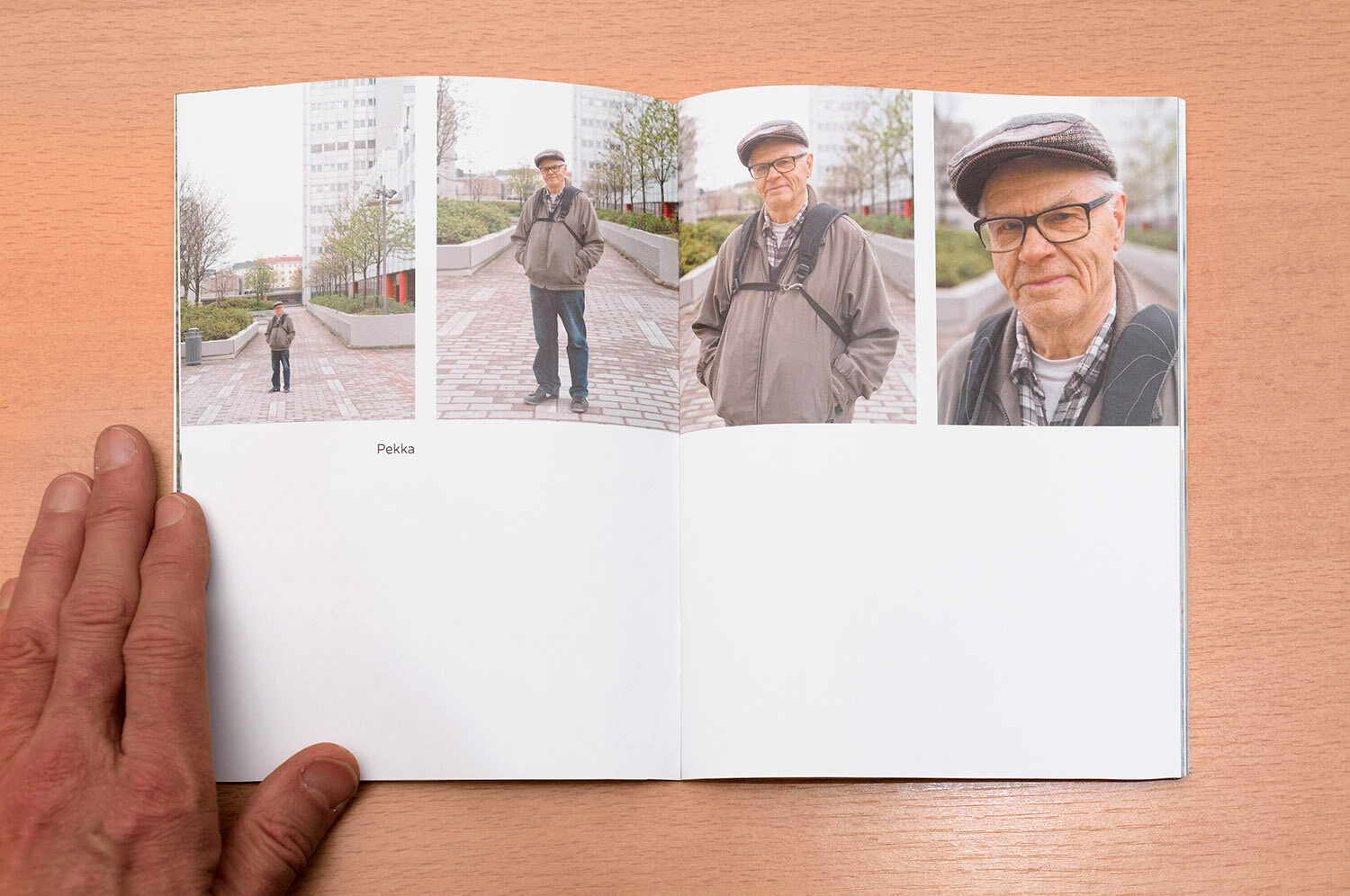Sierra Leone is one of the poorest countries in the world. A long and cruel civil war, marked by barbarism such as machete amputations of civilians, ravaged Sierra Leone for a decade, from 1991 to 2002. Traditional beliefs in Sierra Leone have had, and continue to have, a negative impact on people with physical disabilities, and are a cause of discrimination. The level of discrimination against Sierra Leoneans with disabilities is such that many of those affected prefer living in segregation. One of these segregated communities is the House of Jesus in Freetown. Heather Shuker’s connection to Sierra Leone began in 2002/3. Not long after peace was declared she took a career break to spend 10 months working in Freetown as a volunteer. It was during this time she started taking photographs.
Several years later, after embarking on her career as a photographer, Heather felt a desire to return, to reconnect with where it all began for her. However, this was hampered by the Ebola crisis in 2014 but she was eventually able to return in 2018. Returning 15 years later, Heather wanted to make work about the lives of the people she had helped nearly two decades earlier, she wanted to see how their lives had changed. One of her trails led her back to Patrick (who had previously been in the amputee football team). Patrick – disabled from polio – was living in Freetown’s House of Jesus.
She became fascinated with this community and the openness and willingness of the people there to let her into their close-knit lives. Each member and their family have as their home a single, tiny room, less than 2 metres square. The community itself has over 200 people with around 100 children. Corruption is endemic in Sierra Leone, and despite government enacting positive changes in policy, there is little evidence of these being implemented. Heather’s photographs include images of daily life within the confined spaces in this compound, alongside portraits of the community members.
This series of photographs is only the first chapter in their story. Heather is continuing to work with the House of Jesus, helping them to secure land to build a self-sufficient community. It is her intention to go back as soon as she is able to: “when I return, I want to explore more about the connection and strength of the community and how they live together in such a confined space. The next chapter will be about their frustrations – and their strong sense of humour: despite their living conditions, they have an amazing spirit and joy for life.”


















































